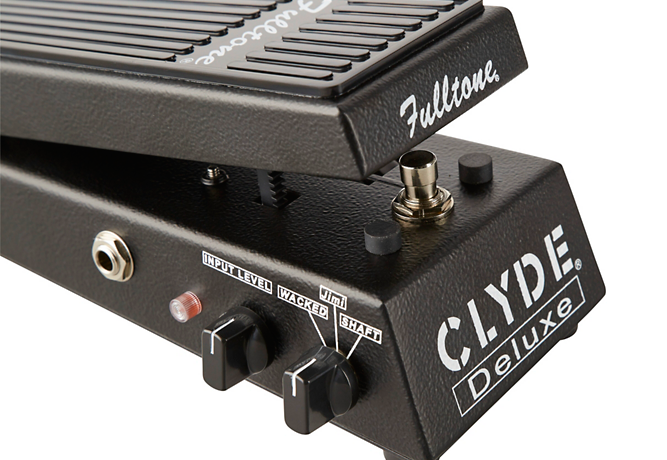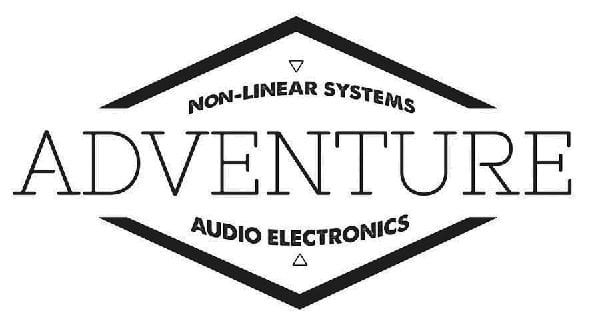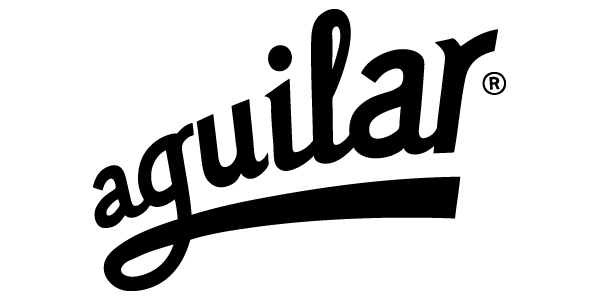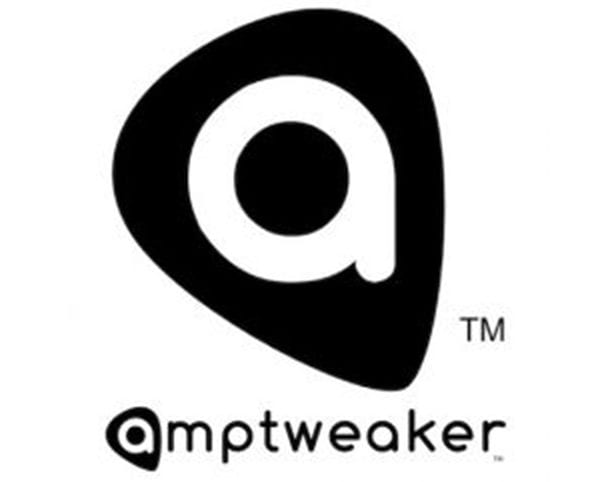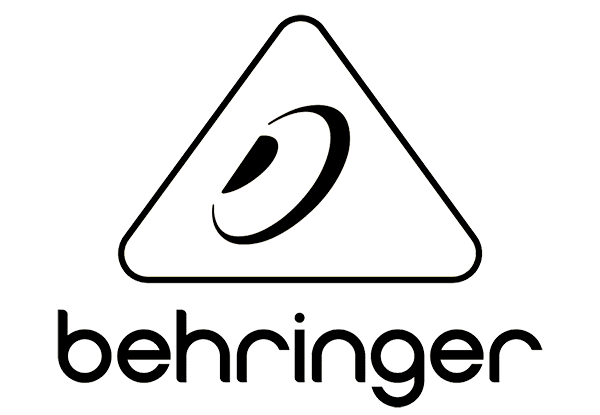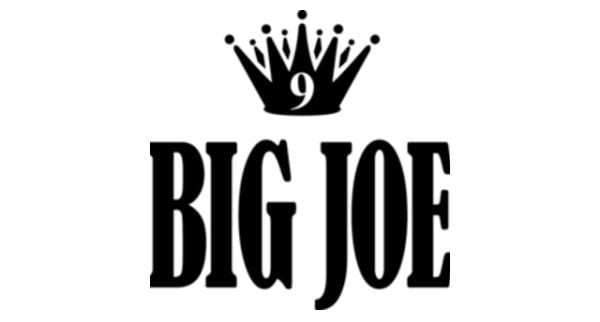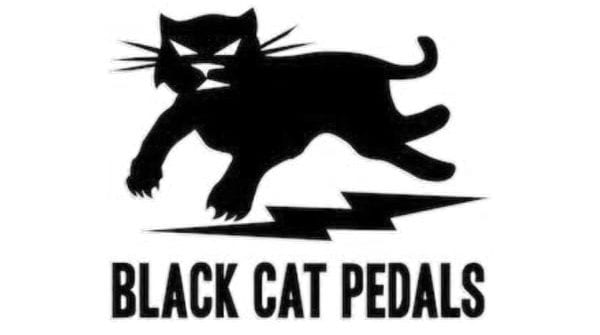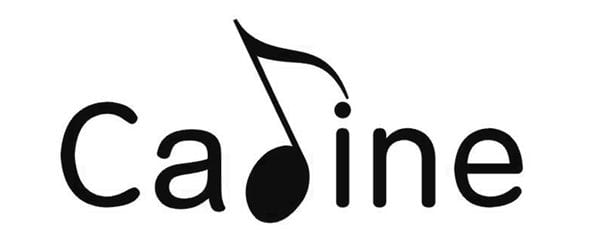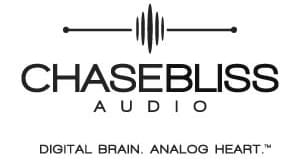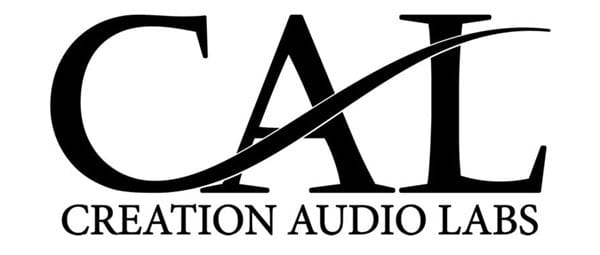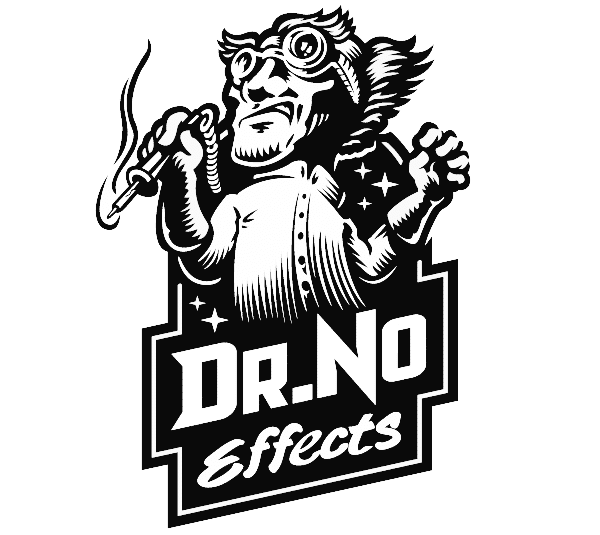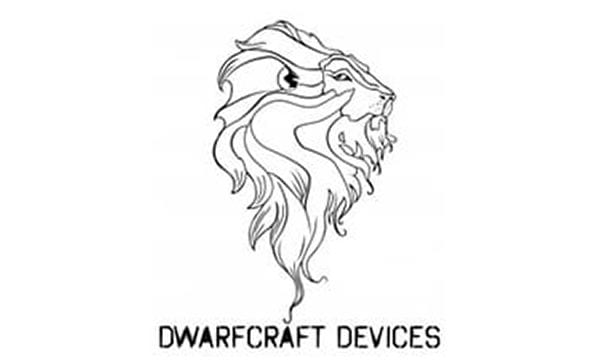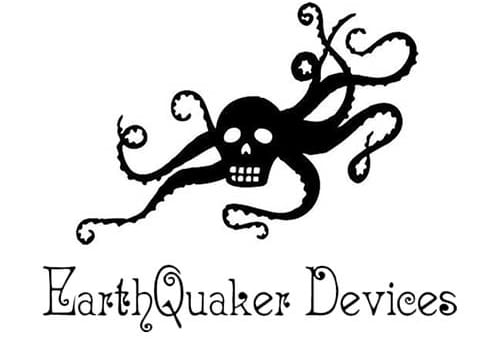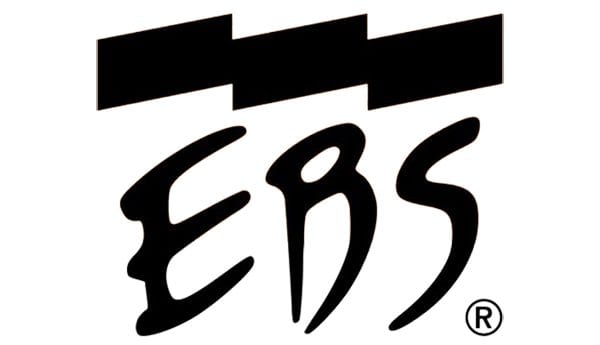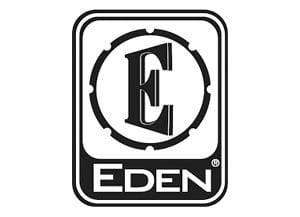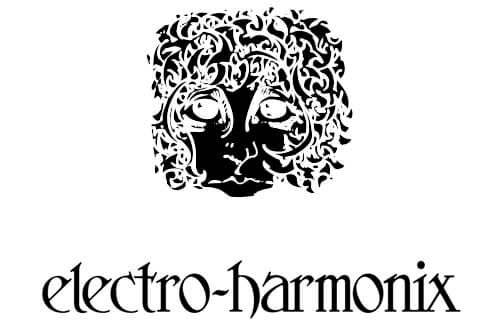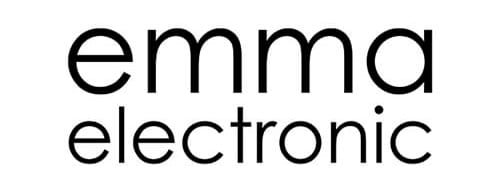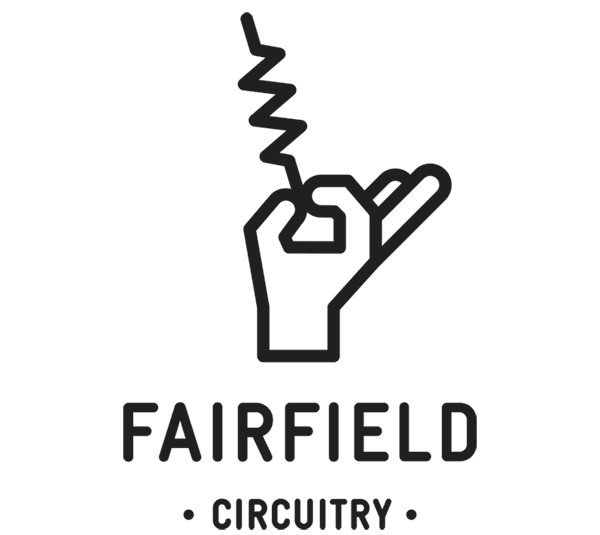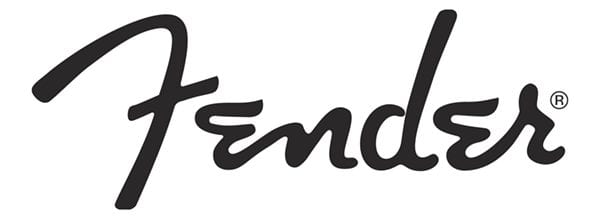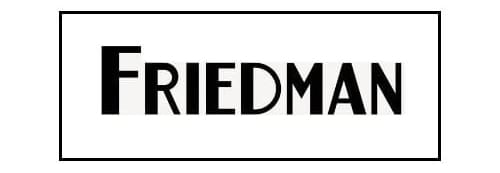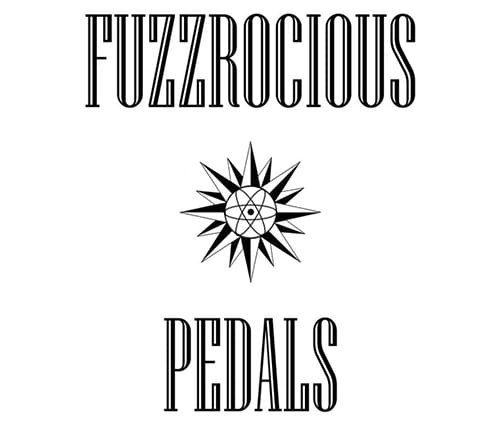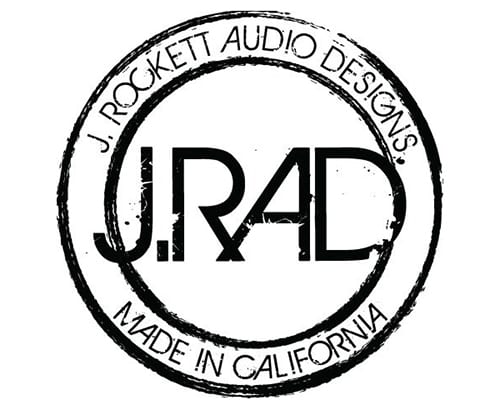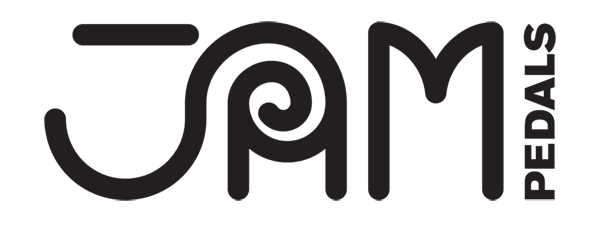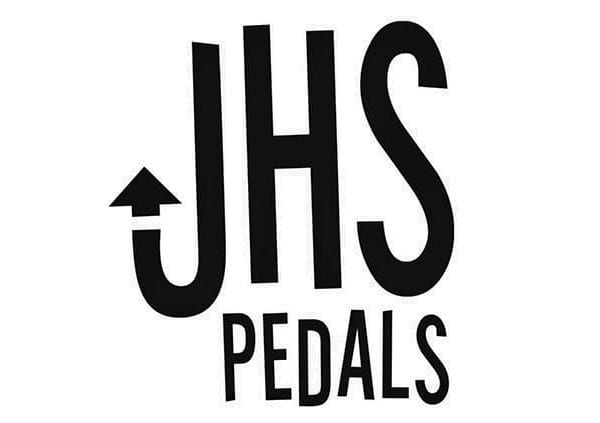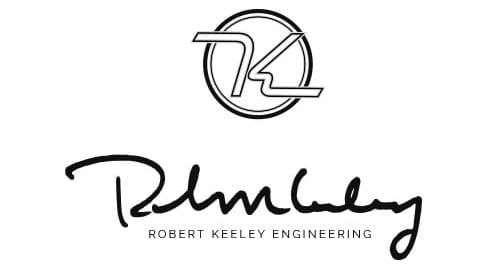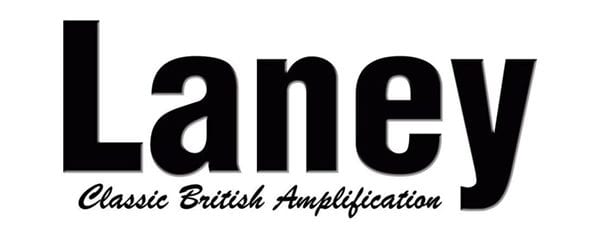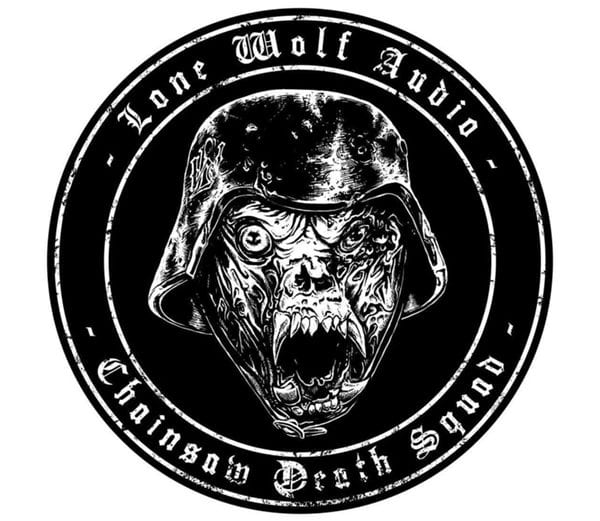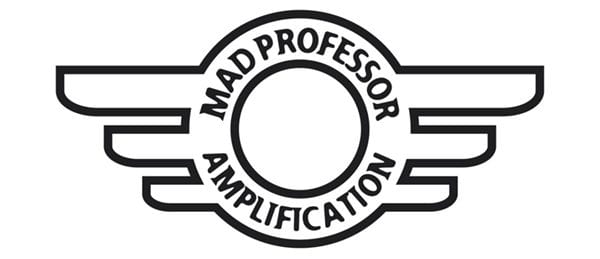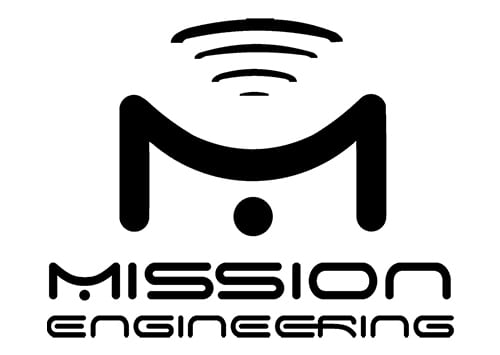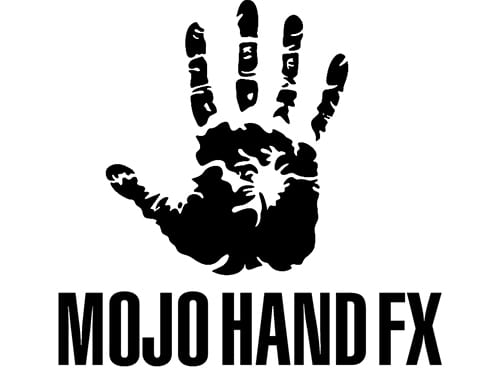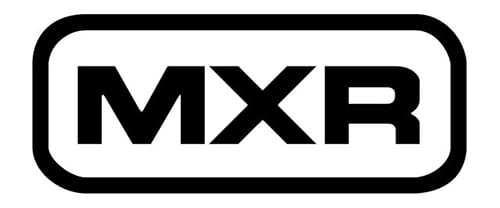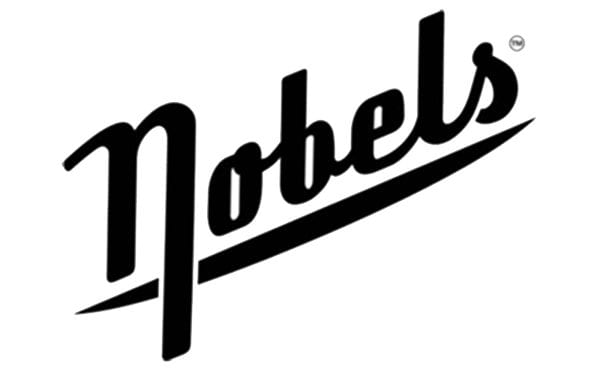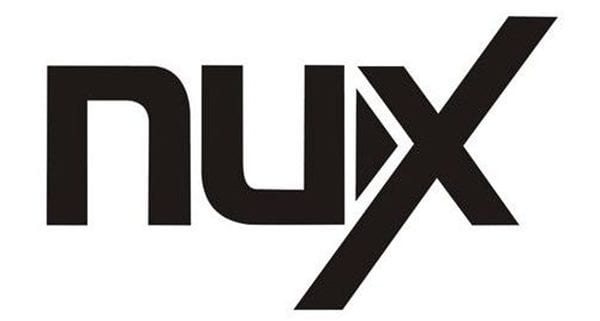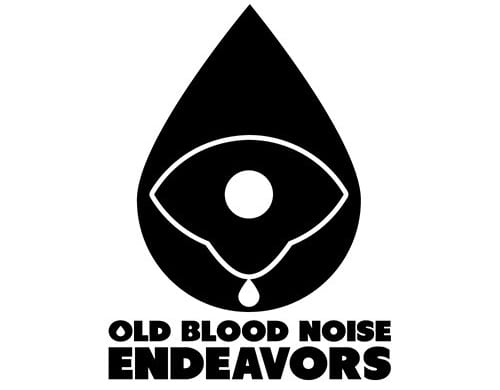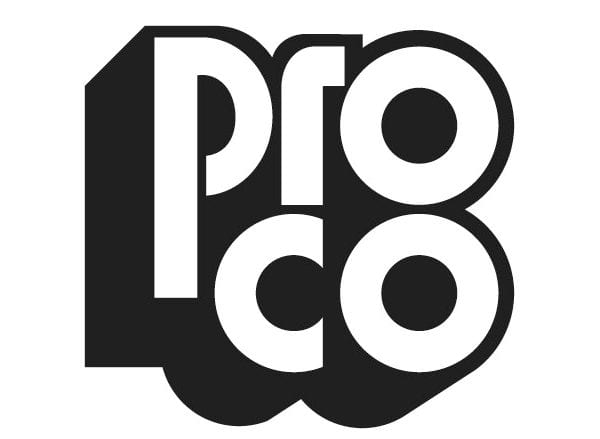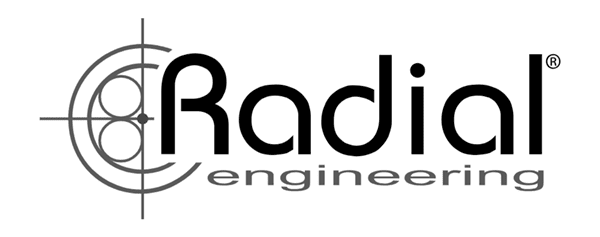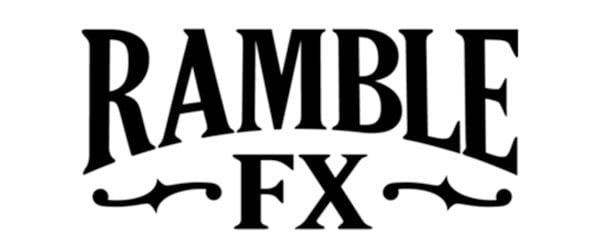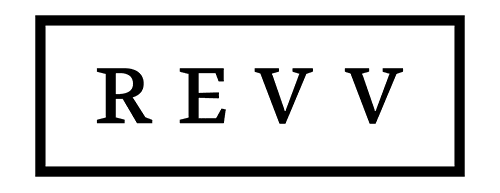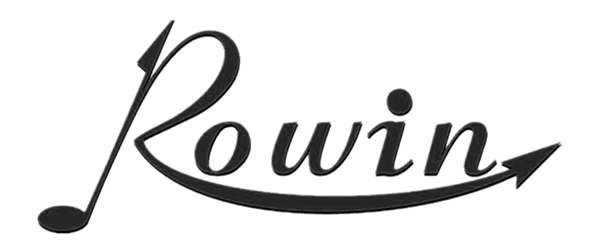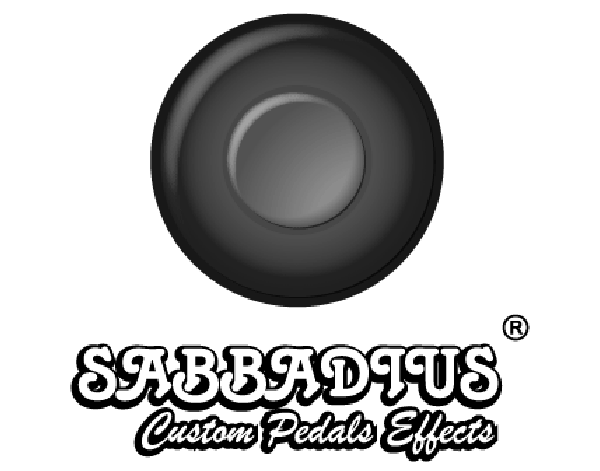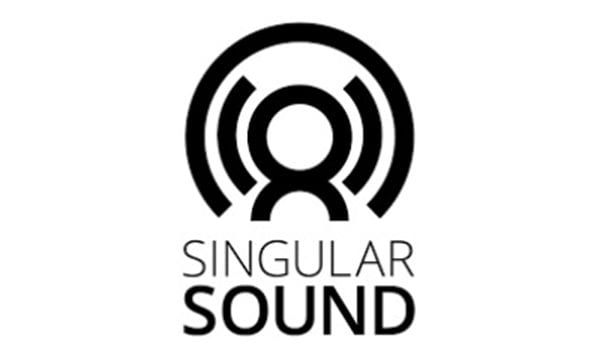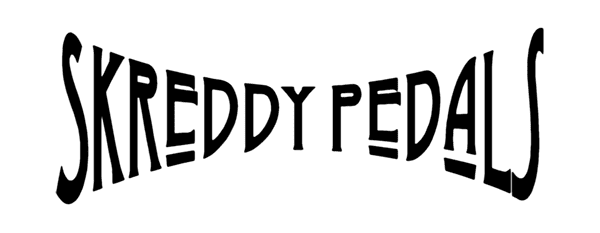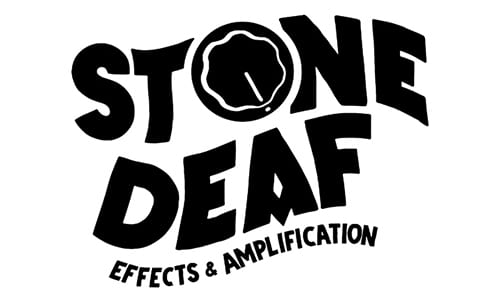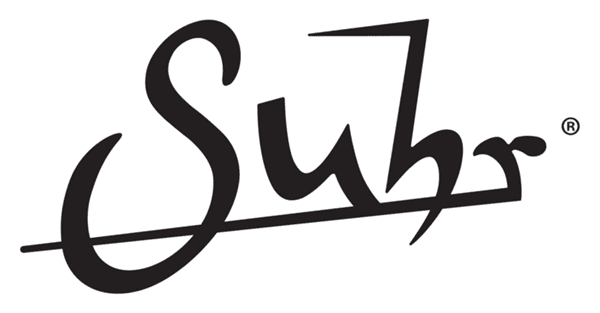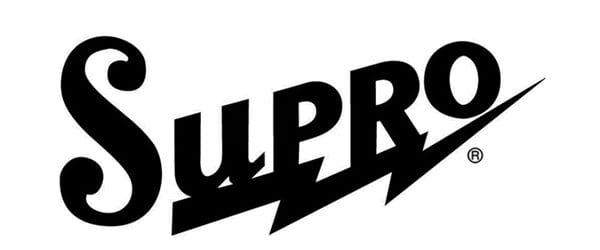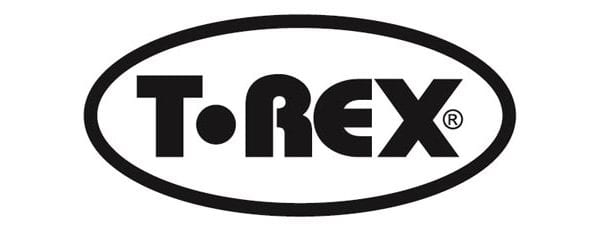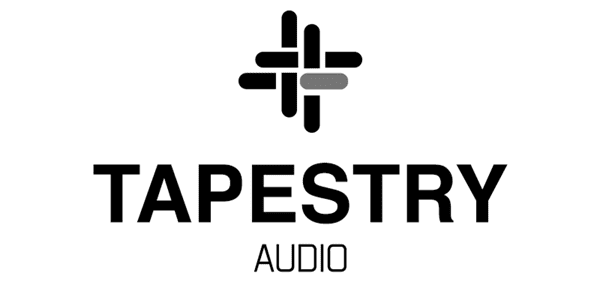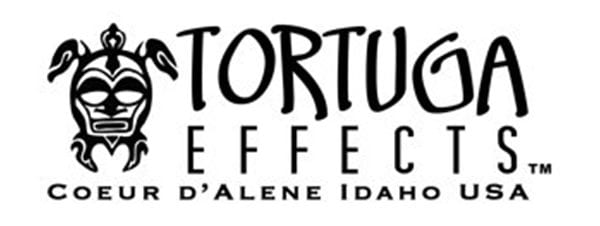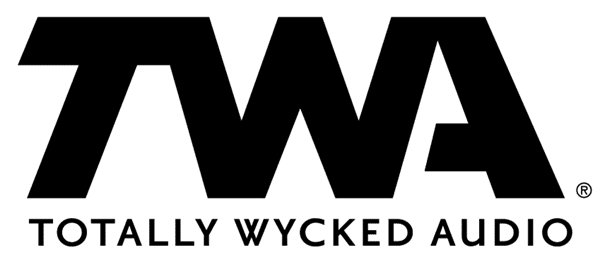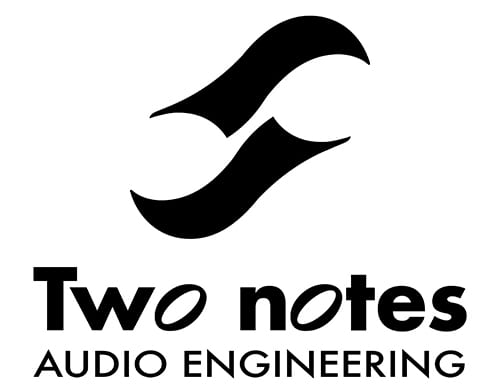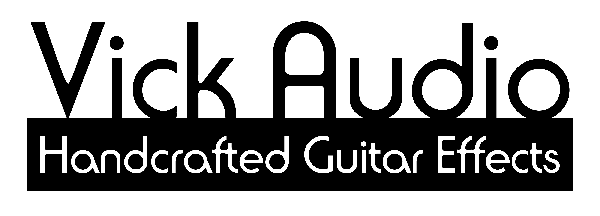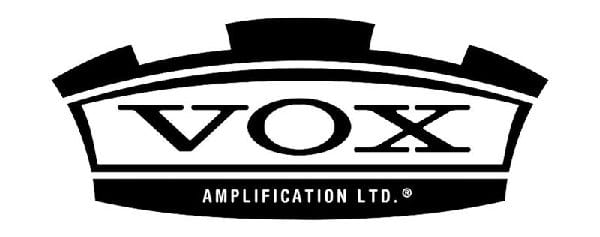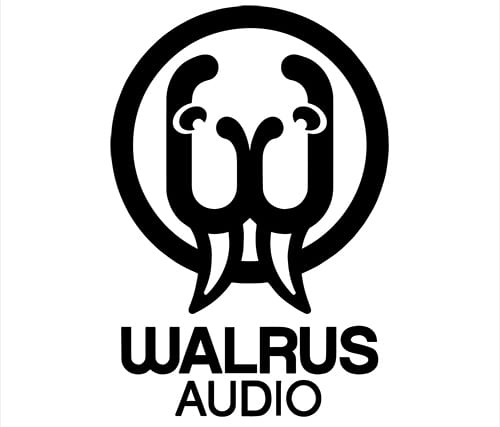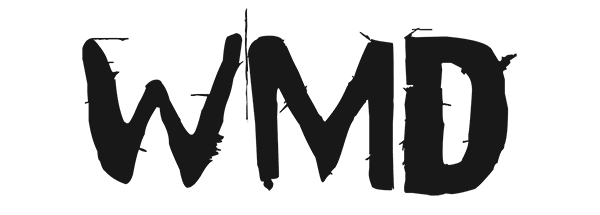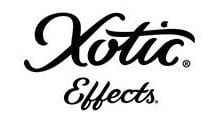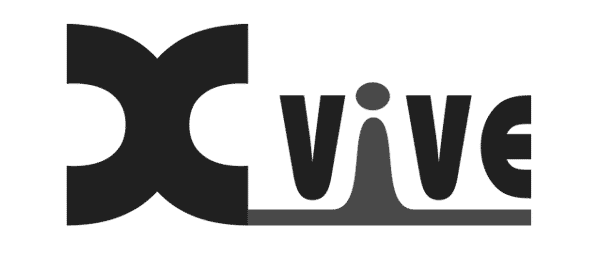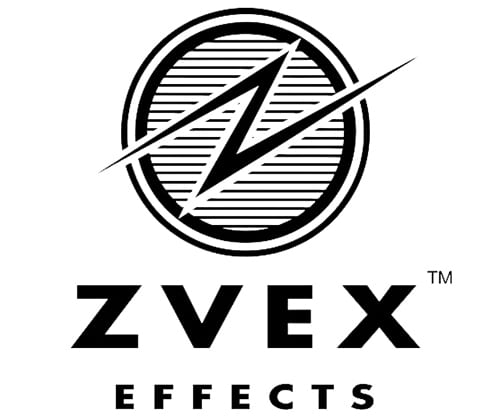The onomatopoeic wah pedal is probably the best-known guitar effect to non-guitarists, thanks to ultra-distinctive sounds like the opening to Isaac Hayes’ “Theme from Shaft” and Hendrix’s “Voodoo Child (Slight Return).”
The effect is simple—rock your foot back on the pedal’s treadle for a nasally, mid-heavy drone, and push it all the way forward to sweep up through the tonal spectrum toward an ear-piercing, trebly shriek. It’s both easy to use and versatile. You can shift it gradually for slow tonal changes, rock rhythmically back and forth on solos, or even go for a funky percussive “wackachicka” on muted dead-strings.
From basic pedal-only models, to higher-end units with multiple adjustments and modes, there are a lot of different wahs out there today. Check the best of them out here.
1. Behringer HB01 Hellbabe Optical Wah ($88)
 Behringer is known for making incredibly affordable versions of classic pedals, but their best wah is anything but a throwback to the 1960s. The Hellbabe is optical, lacking in potentiometers or other moving parts that tend to wear out. It’s also got a spring-back pedal treadle that gives it a different feel than traditional wahs (you can disable this spring if needed).
Behringer is known for making incredibly affordable versions of classic pedals, but their best wah is anything but a throwback to the 1960s. The Hellbabe is optical, lacking in potentiometers or other moving parts that tend to wear out. It’s also got a spring-back pedal treadle that gives it a different feel than traditional wahs (you can disable this spring if needed).
The Hellbabe is adjustable, allowing you to set the bottom end (heel down) of the treadle anywhere from 250hz to 440hz. It’s also got a bit of a gain boost to give your leads some oomph. Especially for the price (you can find it discounted under $60 easily), this is a durable, easy-to-use pedal that will span the genres from vintage to modern.
2. Dunlop 535Q Cry Baby Multi-wah Pedal ($215)
 Jim Dunlop’s Cry Baby is one of the originators of wah, and you can find it with no bells or whistles for around $80. Dunlop also makes a pedalboard-friendly Cry Baby Mini, and signature models for artists like Jerry Cantrell, Slash, and Joe Bonamassa.
Jim Dunlop’s Cry Baby is one of the originators of wah, and you can find it with no bells or whistles for around $80. Dunlop also makes a pedalboard-friendly Cry Baby Mini, and signature models for artists like Jerry Cantrell, Slash, and Joe Bonamassa.
But if you want the end-all of the Dunlop line, check out the 535Q. This model allows you to adjust the Q-value, or high range of the wah, which allows endless options for adjustment between your wah’s tone and your guitar’s different pickups. It also features a six-way switch that “centers” the wah at different spots, which gives you a wider frequency sweep range. And if that’s not enough, it has a built-in boost, perfect for when you need to fire out a wah solo that cuts through the rest of the mix.
3. Electro-Harmonix Cock Fight Plus Talking Wah & Fuzz ($125)
 It may not be one of the original heavy-hitters of wah like Cry Baby or Vox, but Electro-Harmonix (EHX) wah units have a great pedigree. The company makes a basic Wailer Wah ($63), a discontinued Crying Tone Wah with no moving parts (~$100), and has even manufactured fuzz/wah combos based on the much-loved Big Muff Pi.
It may not be one of the original heavy-hitters of wah like Cry Baby or Vox, but Electro-Harmonix (EHX) wah units have a great pedigree. The company makes a basic Wailer Wah ($63), a discontinued Crying Tone Wah with no moving parts (~$100), and has even manufactured fuzz/wah combos based on the much-loved Big Muff Pi.
However, EHX’s most versatile and coolest wah pedal may just be the Cock Fight Plus Talking Wah & Fuzz. It’s got the built-in fuzz that we all love EHX for, which you can set at pre or post-wah for very different effects. Even cooler, you can switch the wah between a “classic” mode and a filter that accentuates vowel sounds for more of a talk-box effect. It goes way beyond basic wahs to complete your arsenal of funky ‘70s sounds.
4. Fulltone Clyde Deluxe ($279)
 Fulltone is known more for their overdrive pedals, but the company has produced high-end boutique wahs for years using all the best materials, like the original Vox-style inductors from the 1960s, hand-wound inductors, and a proprietary Fulltone-1 long-life wah pot. All Fulltone wahs also contain a booster/buffer that gives up to 20db of clean boost, and a “fuzz-friendly” circuit that takes care of many problems players have encountered when using wah with high-gain amps or pedals.
Fulltone is known more for their overdrive pedals, but the company has produced high-end boutique wahs for years using all the best materials, like the original Vox-style inductors from the 1960s, hand-wound inductors, and a proprietary Fulltone-1 long-life wah pot. All Fulltone wahs also contain a booster/buffer that gives up to 20db of clean boost, and a “fuzz-friendly” circuit that takes care of many problems players have encountered when using wah with high-gain amps or pedals.
The deluxe version of Fulltone’s Clyde pedal opens up new options like a 10-step variable input level control, and three different wah modes. There’s “Jimi” for a classic ‘60s sound from the original Clydes; “Shaft” for a ‘70s funk sound; and a more modern “Wacked” mode. If you want multiple modes and high-quality components, all handmade in the USA, this is the wah pedal for you.
5. Morley Bad Horsie Wah ($169)
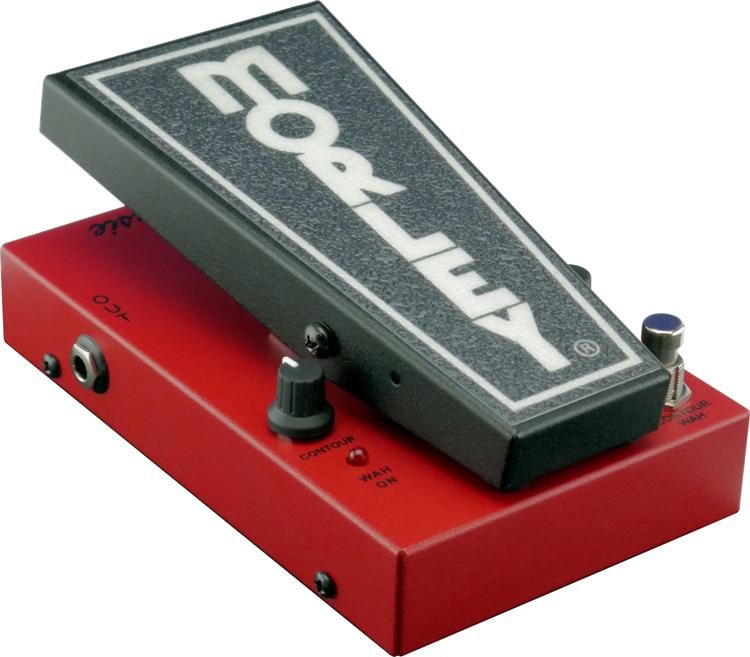 Morley has produced wah, volume, and rotating speaker effect pedals since the 1970s, and the company really made waves in the 1980s with more modern, metal-oriented wahs that stood in contrast to classics like Vox and Cry Baby. Steve Vai has used Morleys for decades, and the late Cliff Burton of Metallica thrashed into immortality with his Power Fuzz Wah on “(Anesthesia) Pulling Teeth.”
Morley has produced wah, volume, and rotating speaker effect pedals since the 1970s, and the company really made waves in the 1980s with more modern, metal-oriented wahs that stood in contrast to classics like Vox and Cry Baby. Steve Vai has used Morleys for decades, and the late Cliff Burton of Metallica thrashed into immortality with his Power Fuzz Wah on “(Anesthesia) Pulling Teeth.”
Morley’s Bad Horsie is an optical wah pedal, which does away with the need for potentiometers that eventually get scratchy with wear. It’s also smaller than your average wah, so it takes up less space on your board. It’s switchless, too; you merely step on it to turn it on. You’ll have two modes to work with: the original “Bad Horsie” mode designed with consultation from Steve Vai, and a more adjustable “Contour” mode that allows you to tweak your sweep’s frequency and output.
6. Voodoo Lab Wahzoo ($280)
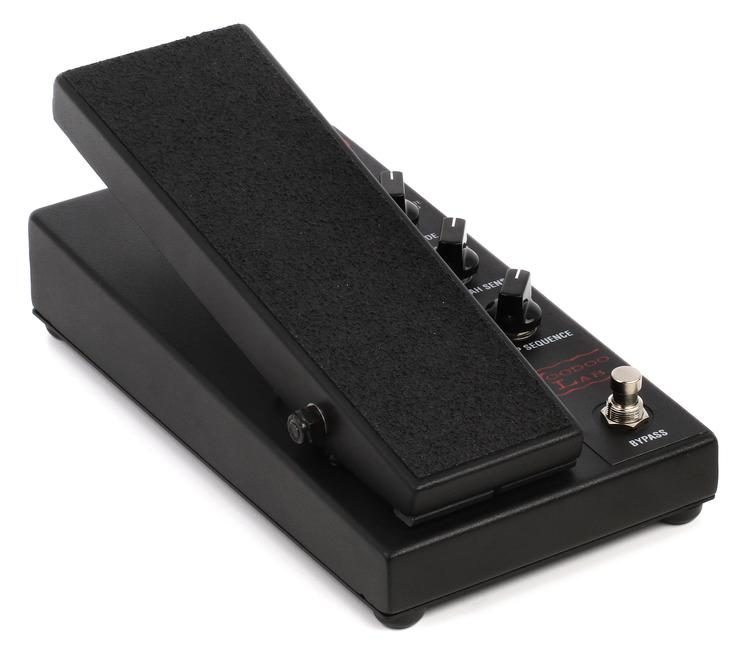 Like many of the other higher-end wahs here, Voodoo Lab’s Wahzoo features multiple modes, But instead of just playing classic and modern wah sounds off against each other, this pedal changes the very way you play and use your wah.
Like many of the other higher-end wahs here, Voodoo Lab’s Wahzoo features multiple modes, But instead of just playing classic and modern wah sounds off against each other, this pedal changes the very way you play and use your wah.
In “Vintage” mode, you’ve got a great, responsive wah pedal, whereas in “Auto Wah” mode, you don’t even need to use the pedal’s treadle unless you wish to switch from a normal to reverse envelope. But it’s the “Step Wah” mode that really shines in the Wahzoo. You can pre-program up to four custom rhythmic rhythm sequences of your own, and store them for future use, adjusting their tempos with the treadle. It may have a steep learning curve, but if you want a wah with programming capabilities, the Wahzoo is it.
7. Vox V845 Wah Pedal ($120)
 Vox is one of the grandaddies of wah, so much so that the brand can claim some of the earliest wah innovators like Jimi Hendrix and Eric Clapton. Whereas many manufacturers have expanded their wahs into multi-mode, boosted models, Vox remains true to its classic designs. They’ve got four available models, varying based on their frequency sweeps, Q-value (the peak of the treble), and hand-wiring.
Vox is one of the grandaddies of wah, so much so that the brand can claim some of the earliest wah innovators like Jimi Hendrix and Eric Clapton. Whereas many manufacturers have expanded their wahs into multi-mode, boosted models, Vox remains true to its classic designs. They’ve got four available models, varying based on their frequency sweeps, Q-value (the peak of the treble), and hand-wiring.
The V845 is Vox’s most basic model, but also the truest to the original wah made by the company in the 1960s. The only significant difference between this model and those from over 50 years ago is a more durable chassis. For an affordable classic, you can’t do much better.
Summary
- Even if you only use it once a set, every guitarist needs a wah on their pedalboard. Although they are very simple pedals, the models here offer a huge variety of options.
- If you’re buying your first wah and aren’t sure how much you’ll use it, go with a classic like the Vox or the Behringer for a more modern but affordable gem.
- For classic-sounding wahs with a few more options, the Cry Baby, Morley, or Fulltone won’t disappoint.
- If you really want to go all-out with a wide variety of wah styles, the Cock Fight stands out because of its voice feature, and the Wahzoo will give you endless options for creative solos with its programmable features.

